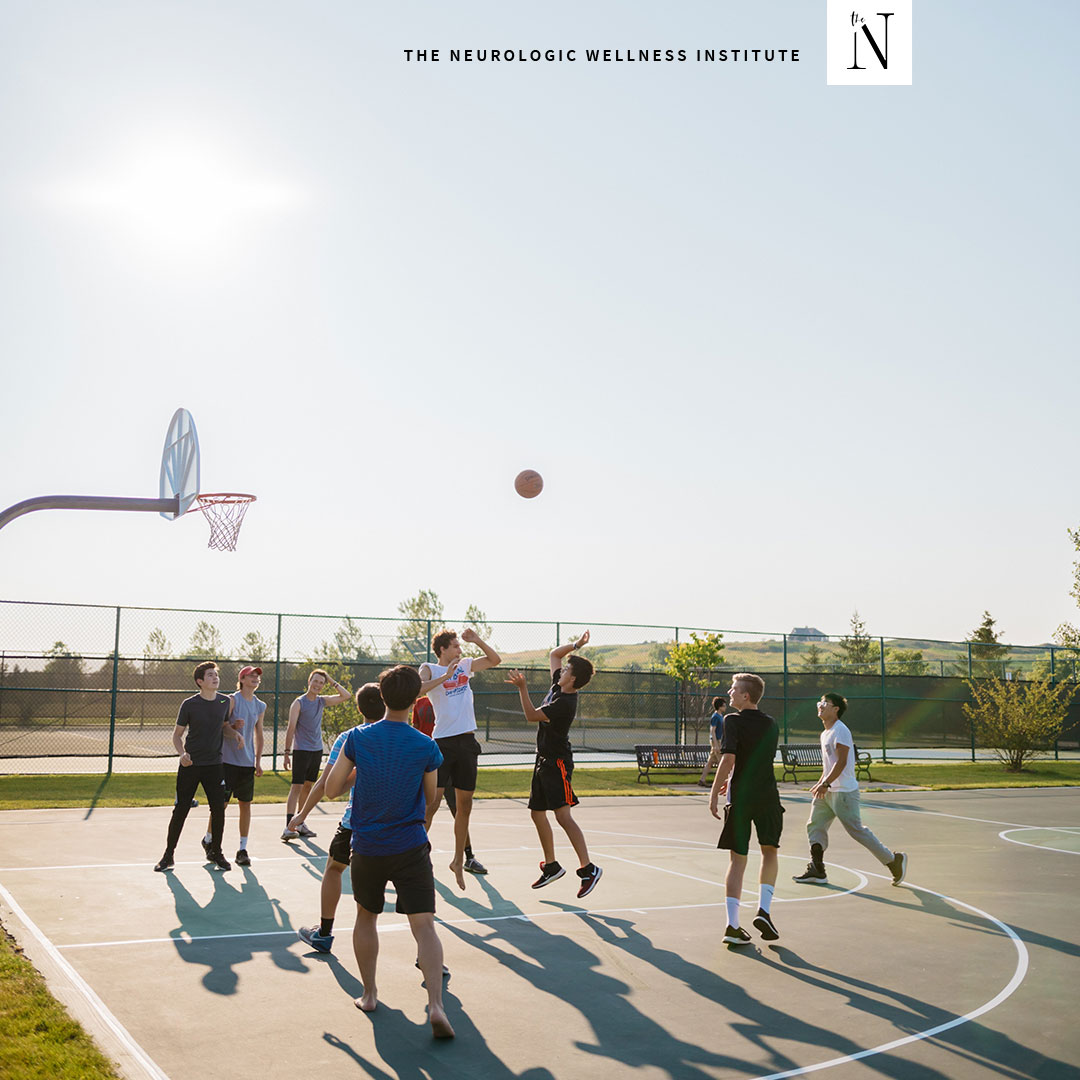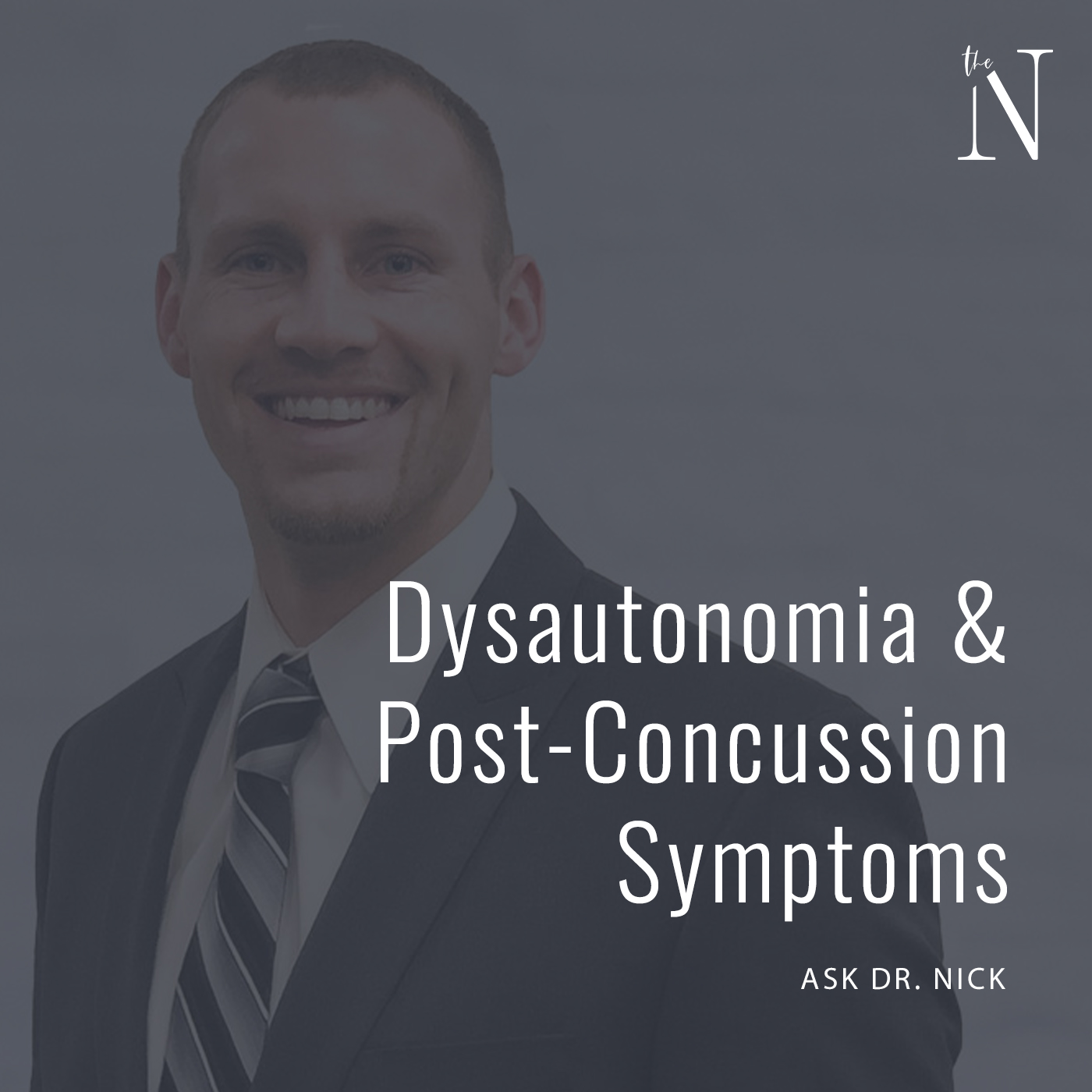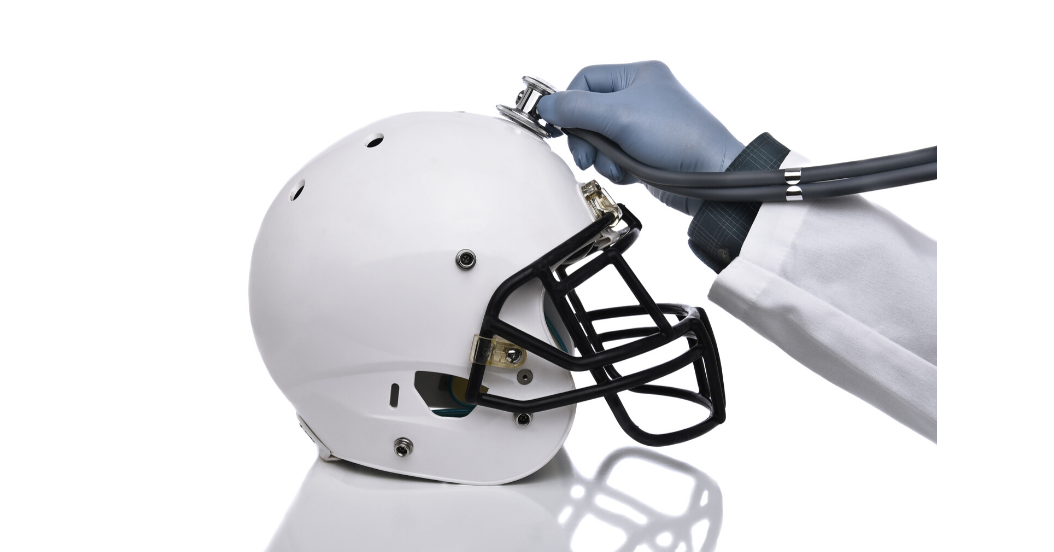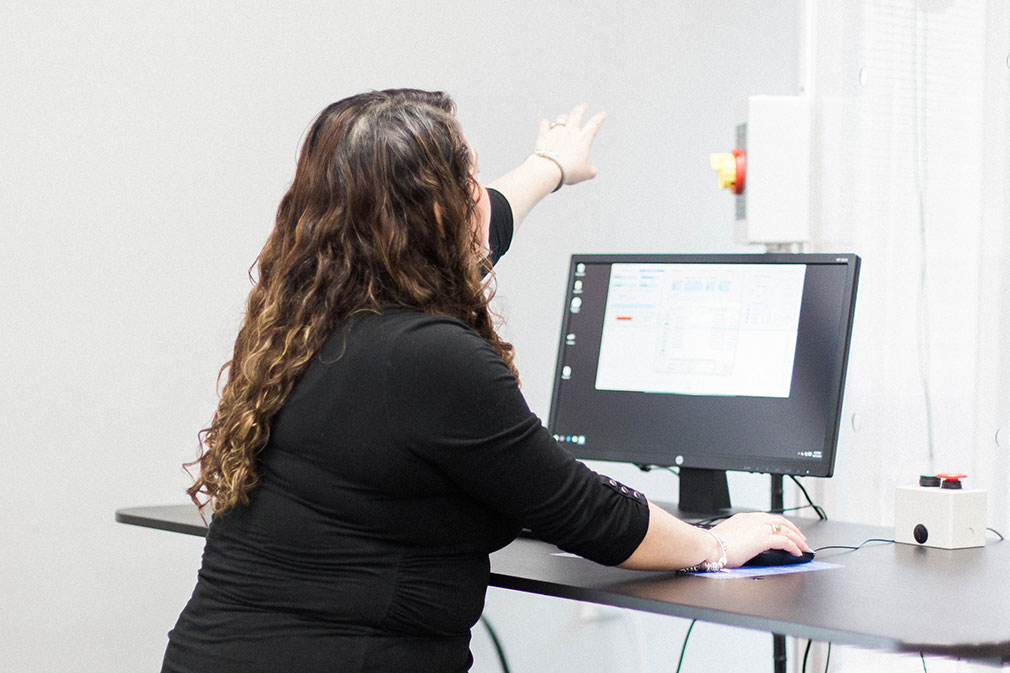Athletes and Concussion
The Latin origin of the word concussion (concutere) means violent agitation or shaking of the brain. High school athletes are more vulnerable to concussion and may take longer to recover compared to older athletes. Failure to properly manage a concussion in a teenager may lead to long-term cumulative consequences. In the past, a concussion was synonymous with loss of consciousness. However, we now know concussions occur independent of whether consciousness is lost or not. More than 5% of high school athletes are concussed each year while participating in contact sports. If a high school athlete is concussed, they are 3 times more likely to experience a second concussion if they return that same season.

What Is The Biggest Concern?
The major concern for high school athletes and concussion is the fact the brain is still immature and developing at the time of the injury. It is still unknown the impact a teenage concussion can have on proper neurological development. Therefore it is important to properly recognize and diagnose a concussion as soon as possible, however many times youth concussions go unrecognized. The presence of symptoms has shown to be a poor indicator of whether or not a concussion had occurred. Multiple nervous system functions are involved following a concussion and being able to objectively assess all of them is mandatory to any concussion management program. Research has shown differences between subjective symptoms and objective measurements of brain function after a concussion.
What Are The Symptoms?
Many people who suffer a concussion do experience symptoms. Common symptoms of concussion are headaches, dizziness, nausea/vomiting, sensitivity to noise, sensitivity to light, poor sleep, fatigue, irritable, depressed, impatient, memory problems, concentration problems, brain fog, blurred vision, double vision, and restlessness. However, just because over time someone symptoms improve after a concussion, does not mean that their brain has fully recovered. Objective testing assessing all areas of the brain is necessary, in conjunction with symptoms management.
What Should Be Done?
It is becoming more important than ever for all athletes, especially teenagers, to perform pre-season baseline brain testing. This may be used as a baseline to compare against serial testing in the future. Therefore whether it be after an injury, or at the end of the season, you can objectively measure if there was an injury to the brain. This can be tested by assessing QEEG testing, eye movement, balance, and cognitive function assessments.
For more information about The Neurologic Wellness Institute’s concussion management program schedule a free consult to get started.
Reference: Theye et al. Heads up: concussions in high school sports. Clinical Medicine & Research. 2004;2(3):165-171.




